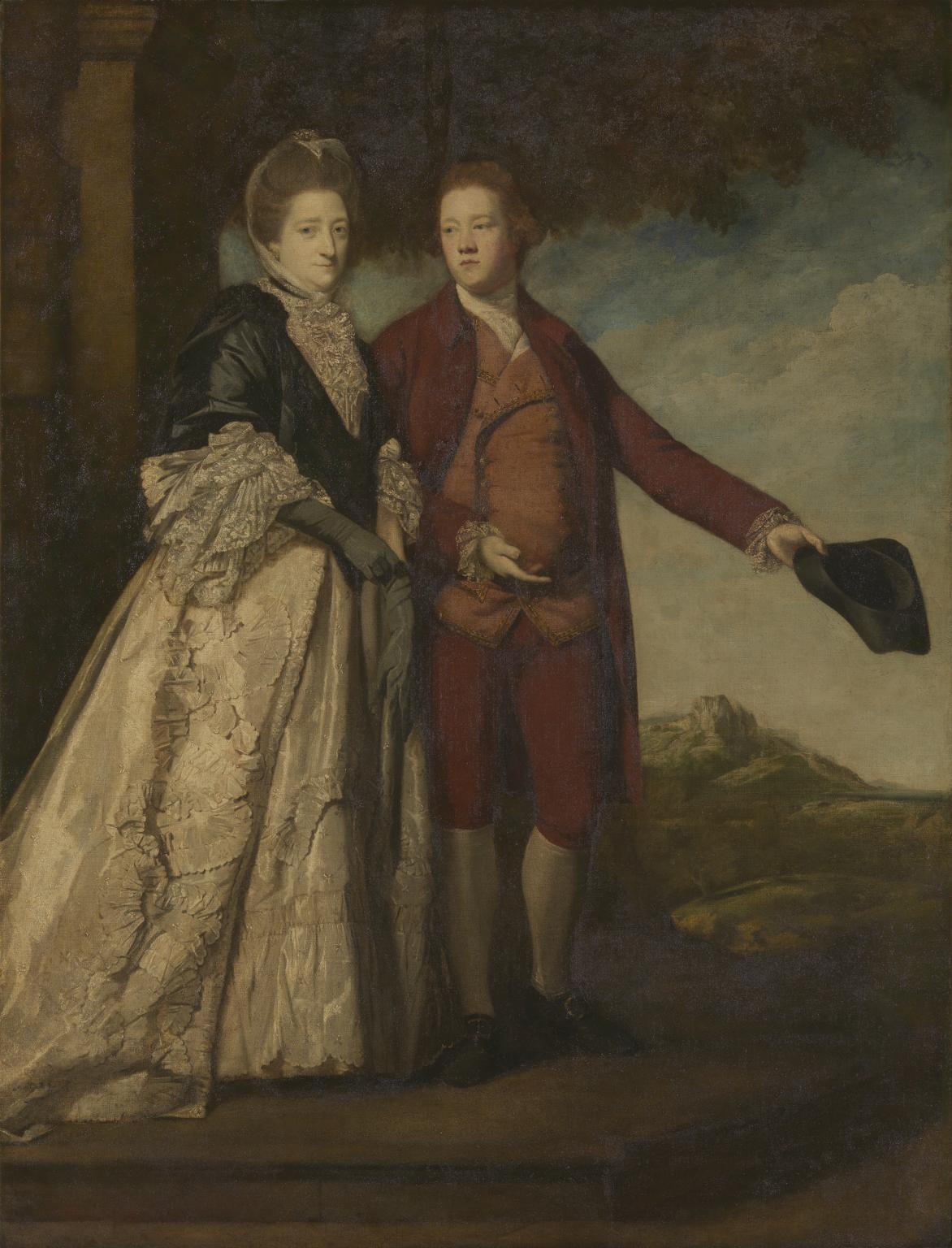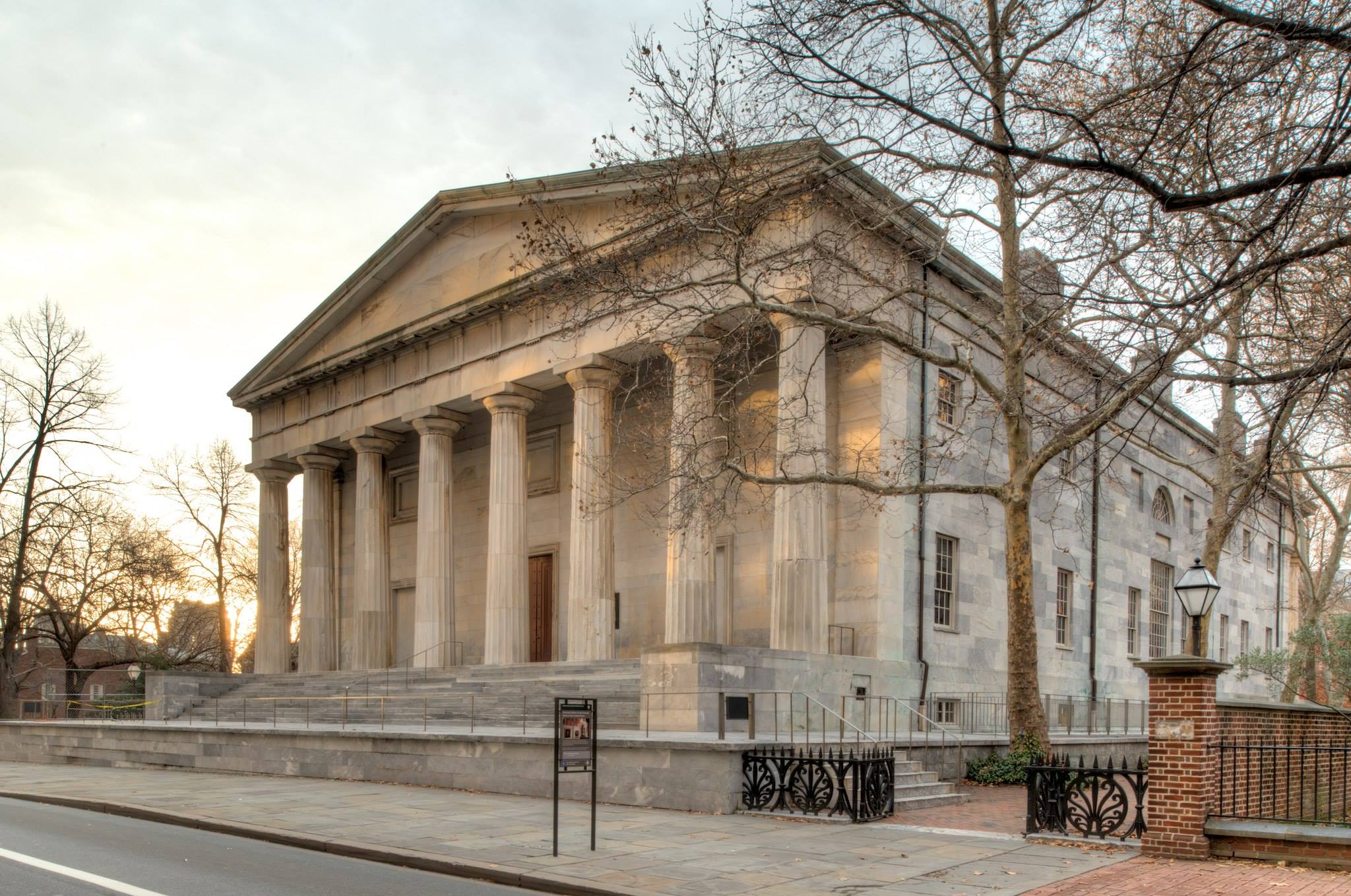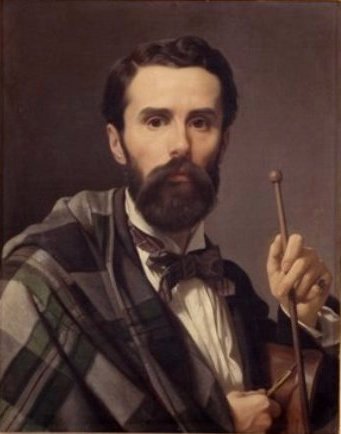|
1830 In Art
Events from the year 1830 in art. Events *David Wilkie appointed Principal Painter in Ordinary to King William IV of the United Kingdom following the death of Sir Thomas Lawrence. *Clarkson Stanfield's panorama A panorama (formed from Greek πᾶν "all" + ὅραμα "view") is any wide-angle view or representation of a physical space, whether in painting, drawing, photography, film, seismic images, or 3D modeling. The word was originally coined in ... ''The Military Pass of the Simplon'' is featured in a Christmas pantomime in London. *Approximate beginning of the Barbizon school of painters. Publications *Edward Lear – ''Illustrations of the Family of Psittacidae, or Parrots'' (first in a series of Lithography, lithographs. Works *George Catlin – ''General William Clark'' *Jean-Baptiste-Camille Corot – ''Chartres Cathedral'' *Eugène Delacroix – ''Liberty Leading the People'' *William Etty — ''Candaules, King of Lydia, Shews his Wife by Stealth to Gyges, ... [...More Info...] [...Related Items...] OR: [Wikipedia] [Google] [Baidu] |
David Wilkie (artist)
Sir David Wilkie (18 November 1785 – 1 June 1841) was a Scottish painter, especially known for his genre scenes. He painted successfully in a wide variety of genres, including historical scenes, portraits, including formal royal ones, and scenes from his travels to Europe and the Middle East. His main base was in London, but he died and was buried at sea, off Gibraltar, returning from his first trip to the Middle East. He was sometimes known as the "people's painter". He was Principal Painter in Ordinary to King William IV of the United Kingdom, William IV and Queen Victoria. Apart from royal portraits, his best-known painting today is probably ''Chelsea Pensioners reading the Waterloo Dispatch (painting), The Chelsea Pensioners reading the Waterloo Dispatch'' of 1822 in Apsley House. Early life David Wilkie was born in Pitlessie Fife in Scotland on 18 November 1785. He was the son of the parish minister (Christianity), minister of Cults, Fife, Cults, Fife. Caroline Ch ... [...More Info...] [...Related Items...] OR: [Wikipedia] [Google] [Baidu] |
William Etty
William Etty (10 March 1787 – 13 November 1849) was an English artist best known for his history paintings containing nude figures. He was the first significant British painter of nudes and still lifes. Born in York, he left school at the age of 12 to become an apprentice printer in Hull. He completed his apprenticeship seven years later and moved to London, where in 1807 he joined the Royal Academy Schools. There he studied under Thomas Lawrence and trained by copying works by other artists. Etty earned respect at the Royal Academy of Arts for his ability to paint realistic flesh tones, but had little commercial or critical success in his first few years in London. Etty's '' Cleopatra's Arrival in Cilicia'', painted in 1821, featured numerous nudes and was exhibited to great acclaim. Its success prompted several further depictions of historical scenes with nudes. All but one of the works he exhibited at the Royal Academy in the 1820s contained at least one nude ... [...More Info...] [...Related Items...] OR: [Wikipedia] [Google] [Baidu] |
William Strickland (architect)
William Strickland (November 1788 – April 6, 1854), was a noted architect and civil engineer in Philadelphia, Pennsylvania, and Nashville, Tennessee. A student of Benjamin Latrobe and mentor to Thomas Ustick Walter, Strickland helped establish the Greek Revival movement in the United States. A pioneering engineer, he wrote a seminal book on railroad construction, helped build several early American railroads, and designed the first ocean breakwater in the Western Hemisphere. He was elected as a member of the American Philosophical Society in 1820. Life and career Strickland was born in the Navesink section of Middletown Township, New Jersey, and moved with his family to Philadelphia as a child. In his youth, he was a landscape painter, illustrator for periodicals, theatrical scene painter, engraver, and pioneer aquatintist. His Greek Revival designs drew much inspiration from the plates of ''The Antiquities of Athens''. Strickland and Latrobe competed to design the Second Bank ... [...More Info...] [...Related Items...] OR: [Wikipedia] [Google] [Baidu] |
Samuel Palmer
Samuel Palmer Hon.RE (Hon. Fellow of the Society of Painter-Etchers) (27 January 180524 May 1881) was a British landscape painter, etcher and printmaker. He was also a prolific writer. Palmer was a key figure in Romanticism in Britain and produced visionary pastoral paintings. Early life Palmer, who was born in Surrey Square off the Old Kent Road in Newington, London (now Walworth), was the son of a bookseller and sometime Baptist minister, and was raised by a pious nurse. Palmer painted churches from around age twelve, and first exhibited Turner-inspired works at the Royal Academy at the age of fourteen. He had little formal training, and little formal schooling, although he was educated briefly at Merchant Taylors' School. Shoreham Through John Linnell, he met William Blake in 1824. Blake's influence can be seen in work he produced over the next ten years (generally reckoned to be his greatest). The works were landscapes around Shoreham, near Sevenoaks in the west of ... [...More Info...] [...Related Items...] OR: [Wikipedia] [Google] [Baidu] |
Luigi Mussini
Luigi Mussini (19 December 1813 – 18 June 1888) was an Italian painter, linked especially to the Purismo movement and to the Nazarene movement, Nazarenes. Life Mussini was born in Berlin, son of the composer Natale Mussini, ''Kapellmeister'' at the Kingdom of Prussia, Prussian court, and his wife Giuliana, musician and singer, daughter of the composer Giuseppe Sarti. He studied at the Accademia delle Belle Arti di Firenze, Accademia delle Belle Arti in Florence under Pietro Benvenuti and Giuseppe Bezzuoli. He began working with his older brother, Cesare Mussini, who had also trained at the Academy. In 1840 he obtained a study grant which enabled him to spend four years in Rome studying painting. He was inspired by the masters of the Quattrocento and in 1844 he opened a school in Florence, where among his students were Silvestro Lega and Michele Gordigiani. In 1848 he joined as a patriotic volunteer in the First Italian War of Independence. Disillusioned by the unhappy out ... [...More Info...] [...Related Items...] OR: [Wikipedia] [Google] [Baidu] |
L'Orage
''L'Orage'' (''The Thunderstorm'') is a circa 1830 Romantic landscape painting by the French painter Georges Michel, depicting a thunderstorm gathering over Montmartre (then a village on the outskirts of Paris). It is now in the Musée des Beaux-Arts of Strasbourg, France. Its inventory number is 937. ''L'Orage'' is considered as George Michel's masterpiece for its daring composition and its bold brushwork. It has been described as beyond anticipating Impressionism and Barbizon Realism, and as announcing the landscape paintings of Expressionists such as Constant Permeke, and Emil Nolde Emil Nolde (born Hans Emil Hansen; 7 August 1867 – 13 April 1956) was a German-Danish painter and printmaker. He was one of the first Expressionists, a member of Die Brücke, and was one of the first oil painting and watercolor painters of the .... References Paintings in the Musée des Beaux-Arts de Strasbourg 1830 paintings Landscape paintings French paintings Oil on canvas ... [...More Info...] [...Related Items...] OR: [Wikipedia] [Google] [Baidu] |
Georges Michel (painter)
Georges Michel (12 January 1763 – 7 or 8 June 1843) was a French landscape painter. An important precursor of the Barbizon school, Michel was practically unknown during his lifetime, and worked as copyist and restorer. Michel was born in Paris. His father was an employee at Les Halles, a large marketplace in the central part of the city. Michel's first patron, at a very early age, was a certain Monsieur de Chalue. His first painting teacher was one Leduc, a history painter, and later Michel studied under Nicolas-Antoine Taunay. Although he exhibited at the Paris Salon, he failed to achieve recognition and earned his living by working as copyist and restorer; he specialized in Dutch paintings and was helped in business by Élisabeth-Louise Vigée-Le Brun's husband. Most of Michel's work concentrates on rural landscapes in the area around Paris. He was influenced by Dutch landscape painters such as Jacob van Ruisdael and Meindert Hobbema. Michel worked in oil and watercolo ... [...More Info...] [...Related Items...] OR: [Wikipedia] [Google] [Baidu] |
A King And Queen In Mourning
''A King and Queen in Mourning'' is an oil on canvas painting by German artist Carl Friedrich Lessing, created in 1830, showing a royal couple mourning their daughter's death, a scene from Ludwig Uhland's poem ''Das Schloß am Meere''. Considered the masterpiece of the "romantic-elegaic soul painting" of the Düsseldorf school of painting, Düsseldorf School, it is now in the Hermitage Museum in Saint Petersburg, Russia. Bibliography * ''Das trauernde Königspaar, 1830''. In: Wend von Kalnein: ''Die Düsseldorfer Malerschule''. Verlag Philipp von Zabern, Mainz 1979, , pp. 389 f. (Katalog Nr. 155). * Bettina Baumgärtel: ''Die Seelenmalerei und die neuen Helden der Geschichte''. In: Bettina Baumgärtel (Hrsg.): ''Die Düsseldorfer Malerschule und ihre internationale Ausstrahlung 1819–1918''. Michael Imhof Verlag, Petersberg 2011, , vol. 2, pp. 160 f. (Katalog Nr. 124). External links *''Das trauernde Königspaar'' Datenblatt im Portal ''akg-images.de'' References {{1 ... [...More Info...] [...Related Items...] OR: [Wikipedia] [Google] [Baidu] |
Carl Friedrich Lessing
Karl Friedrich Lessing (15 February 1808, Breslau – 4 January 1880, Karlsruhe) was a German historical and landscape painter, grandnephew of Gotthold Ephraim Lessing and one of the main exponents of the Düsseldorf school of painting. Biography His father, also named Karl Friedrich Lessing (1778–1848), was a judicial officer in Wrocław, from 1809 on the chancelor of the court of the Free State country of former Polnish-Wartenberg ( Wartenberg in Poland). Lessing's mother, Clementine née Schwarz (1783–1821), was the daughter of a government Chancellor for the House of Hatzfeld in Trachenberg. His brother, Christian Friedrich, became a doctor and botanist. His sister, Franziska Maria (1818–1901), married the painter, . He spent most of his childhood in Wartenberg, where he developed an early love of nature. After spending two years at a Catholic school in Breslau, his talent for drawing was noted by the artist, who, in 1822, arranged for him to study at the Baua ... [...More Info...] [...Related Items...] OR: [Wikipedia] [Google] [Baidu] |
Francesco Hayez
Francesco Hayez (; 10 February 1791 – 12 February 1882) was an Italian painter. He is considered one of the leading artists of Romanticism in mid-19th-century Milan, and is renowned for his grand historical paintings, political allegories, and portraits. Biography Francesco Hayez was from a relatively poor family from Venice. His father, Giovanni, was of French origin while his mother, Chiara Torcella, was from Murano. Francesco was the youngest of five sons. He was brought up by his mother's sister, who had married Giovanni Binasco, a well-off shipowner and art collector. Hayez displayed a predisposition for drawing since childhood. His uncle, having noticed his precocious talent, apprenticed him to an art restorer in Venice. Hayez would later become a pupil of the painter Francesco Maggiotto with whom he continued his studies for three years. He was admitted to the painting course of the New Academy of Fine Arts in Venice in 1806, where he studied under Teodoro Matteini. I ... [...More Info...] [...Related Items...] OR: [Wikipedia] [Google] [Baidu] |








